Russia’s geographical position naturally fosters deep historical ties with Asia. For centuries, various Asian peoples, particularly those from Central Asia, Siberia, and the Far East, have migrated to or established communities within Russia. Moscow, as the capital, became a significant melting pot. Early interactions were often driven by trade, diplomacy, and later, the expansion of the Russian Empire eastward.
The Soviet era saw further migration patterns. People moved from various republics into the central cities. This included many from Central Asian republics, Buryatia, Kalmykia, and Tuva, where Buddhism is historically prevalent. Consequently, these movements contributed to the formation of distinct Asian communities in Moscow. They brought their rich cultural and religious traditions with them. This laid the groundwork for the modern Moscow Asian connection.
Buddhist Traditions in a European Capital
Buddhism, as one of Russia’s four traditional religions, has a long history in the country, particularly in regions like Buryatia, Kalmykia, and Tuva. As people from these regions moved to Moscow, they brought their faith. This led to the establishment of Buddhist communities and centers in the capital. While not as numerous as Orthodox churches, Buddhist temples offer a serene contrast to the city’s bustling pace.
The Moscow Buddhist Centre, for instance, provides a place for practice and study. It belongs to the Karma Kagyu tradition of Tibetan Buddhism. The center offers introductory lectures for beginners, regular meditations, and teachings by traveling teachers. It welcomes everyone interested in Buddhist philosophy. Such centers serve as spiritual homes for the city’s Buddhist population. They also introduce curious Muscovites to Eastern thought. The development of these temples signifies a deepening Moscow Asian connection.
Another significant project involves the planned construction of a large Buddhist temple complex in Moscow. This initiative aims to create a unifying center for all Buddhist traditions in Russia. It would further solidify Moscow’s role as a major hub for Buddhist culture and philosophy in Europe. This ambitious project is gaining support from various Buddhist groups and the Moscow government.
Asian Communities: Cultural Hubs and Festivals
Moscow’s Asian communities are diverse. They include large populations from Central Asian countries like Uzbekistan, Tajikistan, Kyrgyzstan, and Kazakhstan. Significant communities from China, Vietnam, Korea, and other East Asian nations also reside here. These communities often congregate in specific neighborhoods or utilize cultural centers to maintain their heritage.
Cultural centers play a crucial role. For example, the China Cultural Center in Moscow provides language classes. It also hosts art exhibitions, film screenings, and traditional performances. Similarly, the Japan House Cultural Center offers workshops on Japanese calligraphy, ikebana, manga, and organizes cultural festivals. These centers serve as vital links. They connect their diasporas with their homelands. They also introduce their rich cultures to the broader Muscovite public.
Culinary and Market Delights
The presence of Asian communities has significantly enriched Moscow’s culinary scene. You can find authentic restaurants serving Central Asian plov, laghman, and shashlik. Diverse eateries also offer Chinese dim sum, Vietnamese pho, Korean BBQ, and Japanese sushi. These establishments are not merely restaurants. They serve as cultural gathering points. They provide a taste of home for many community members.
Furthermore, markets like Food City often feature a wide array of Asian products. Shoppers can find exotic spices, fresh produce, and specialty ingredients. These markets cater to the needs of Asian communities. They also offer adventurous foodies a chance to explore new flavors. This culinary diversity is a tangible sign of the thriving Moscow Asian connection.
Festivals and Celebrations
Throughout the year, Moscow hosts various festivals celebrating Asian cultures. While specific dates vary, these events often coincide with traditional Asian holidays like Lunar New Year, Nowruz (Persian New Year), and various Buddhist festivals. These celebrations typically involve colorful parades, traditional music and dance performances, martial arts demonstrations, and food stalls.
These festivals provide a platform for different Asian communities to showcase their traditions. They also foster inter-cultural understanding among Muscovites. Visitors can experience the vibrant costumes, rhythmic sounds, and unique customs of diverse Asian cultures. Thus, these events significantly contribute to Moscow’s multicultural identity. They reinforce its standing as a city with a strong Eastern influence Moscow.
Eastern Philosophy and Spiritual Exploration
Beyond community gatherings, there is a growing interest in Eastern philosophy and spiritual practices among Muscovites. Buddhism, Taoism, and various forms of meditation and yoga are gaining popularity. Many centers and studios across the city offer classes and workshops. These cater to both seasoned practitioners and curious beginners.
Yoga studios, for instance, are ubiquitous. They teach various styles, often incorporating elements of Indian and other Eastern spiritual traditions. Meditation groups, sometimes linked to Buddhist centers, provide spaces for quiet contemplation. Lectures and seminars on Eastern philosophy, mindfulness, and well-being are regularly organized. These attract a diverse audience. Many people seek alternative perspectives on life and spirituality. This reflects a broadening intellectual horizon within the city.
Academic and Research Initiatives
Moscow’s academic institutions also play a significant role in fostering the study of Asia and Eastern philosophy. The Institute of Asian and African Countries at Lomonosov Moscow State University is a leading center for Oriental Studies. It offers comprehensive programs in Asian languages, history, culture, and economics. This institute conducts extensive research. It also trains future generations of specialists in Eastern affairs.
Furthermore, libraries and museums dedicated to Asian art and culture provide valuable resources. The State Museum of Oriental Art, for example, houses extensive collections of Chinese, Japanese, Korean, Indian, Central Asian, and other Asian art. It regularly hosts exhibitions, lectures, and cultural events. These institutions contribute significantly to a deeper understanding of Asian civilizations. They serve as crucial intellectual pillars for the Moscow Asian connection.
Challenges and Opportunities for Asian Integration
Despite the growing presence and influence, Moscow’s Asian communities also face challenges. Language barriers can sometimes impede full integration. Cultural differences may lead to misunderstandings. However, numerous initiatives aim to bridge these gaps. Community organizations provide support services. Cultural centers foster dialogue. Public events promote understanding.
The city increasingly recognizes the value of its multicultural population. It supports initiatives that celebrate diversity. This includes events like national holidays of Asian countries celebrated in Moscow parks. Opportunities for collaboration between different cultural groups are also expanding. This creates a more inclusive urban environment.
Looking forward, Moscow’s role as a Eurasian hub is likely to grow. Its geographical position, coupled with historical ties and evolving economic relationships, positions it uniquely. The Moscow Asian connection will undoubtedly deepen. This will bring further cultural enrichment, new perspectives, and continued diplomatic and economic cooperation.
In conclusion, Moscow’s connection with Asia is a dynamic and evolving aspect of its identity. From the spiritual tranquility of Buddhist temples to the vibrant energy of its diverse communities and the intellectual pursuit of Eastern philosophy, the city offers a compelling narrative of cultural integration. This multifaceted Moscow Asian connection highlights the capital’s unique position at the crossroads of Europe and Asia. It promises an even richer cultural landscape in the years to come.

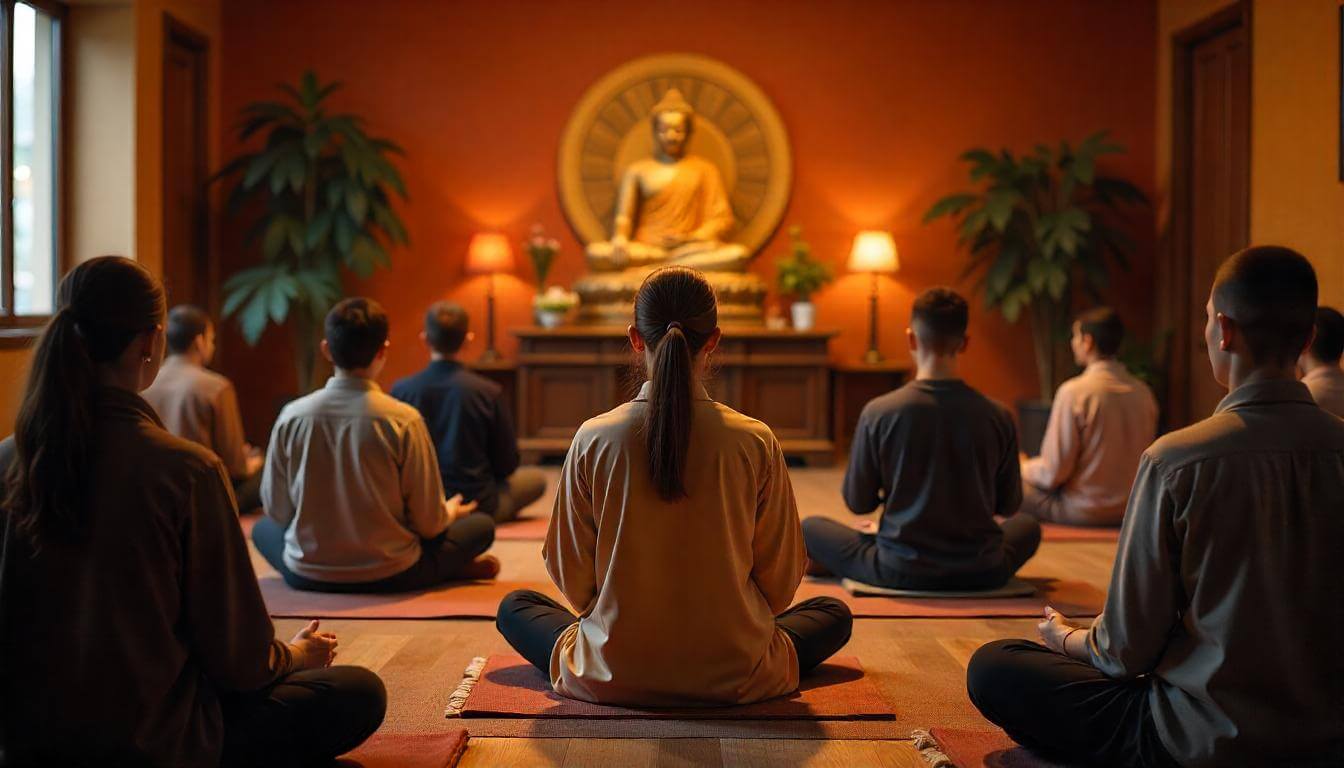 The Historical Roots of Moscow’s Asian Presence">
The Historical Roots of Moscow’s Asian Presence">

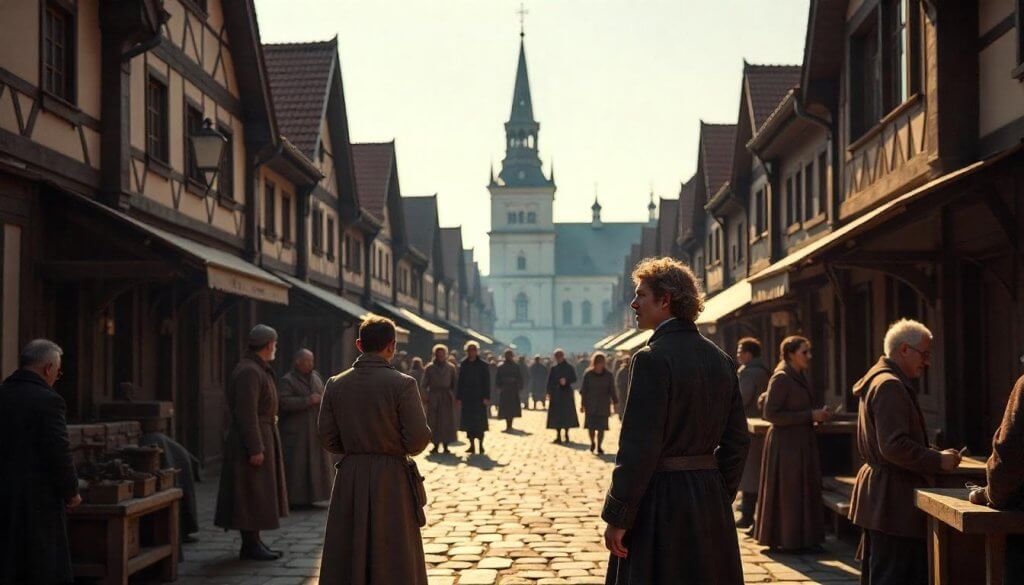 Moscow’s German Quarter: European Influence in Russian History">
Moscow’s German Quarter: European Influence in Russian History">
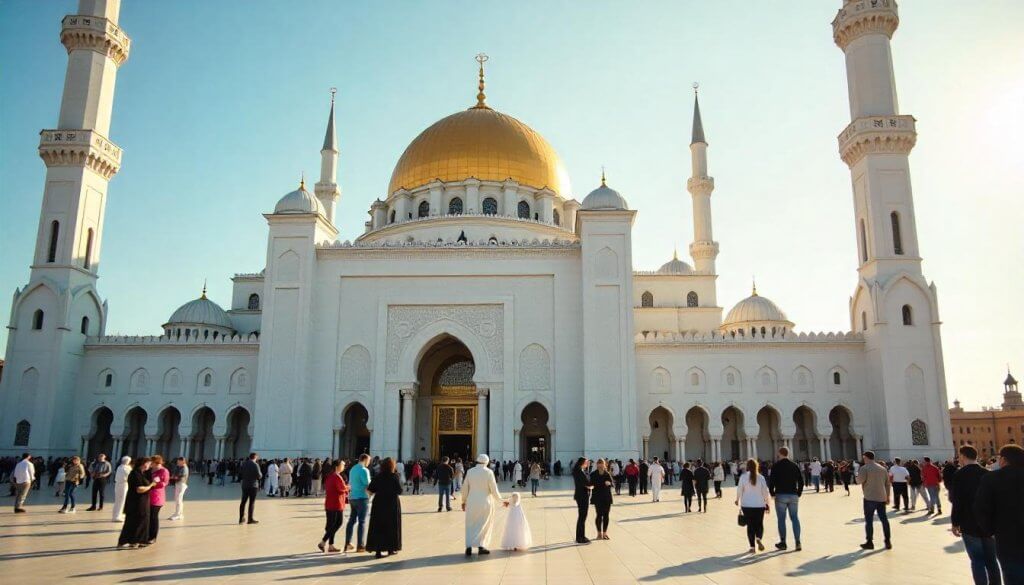 Moscow’s Tatar Legacy: Islamic Culture in the Orthodox Capital">
Moscow’s Tatar Legacy: Islamic Culture in the Orthodox Capital">
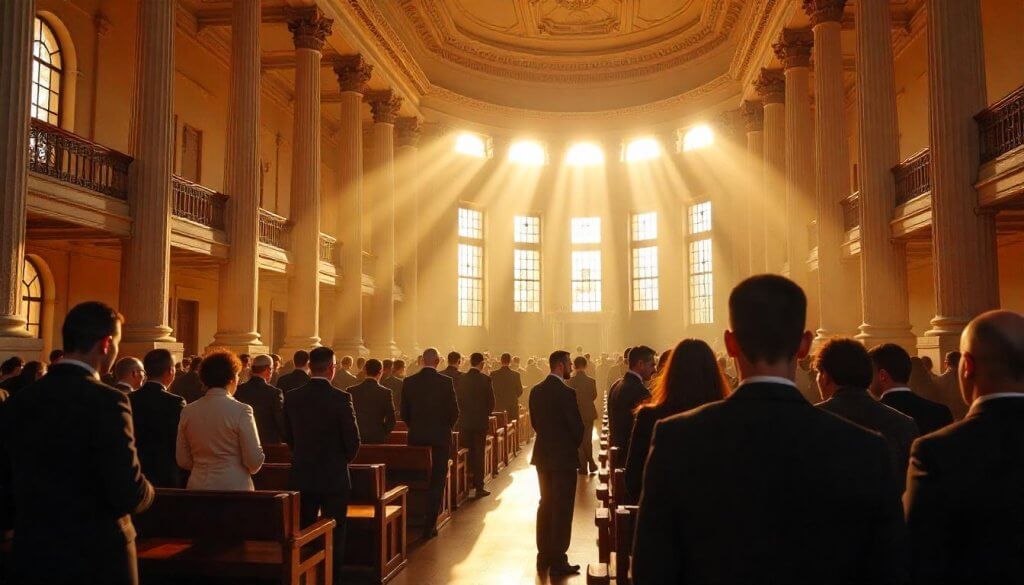 Moscow’s Jewish Heritage: Synagogues, Museums, and Cultural Centers">
Moscow’s Jewish Heritage: Synagogues, Museums, and Cultural Centers">
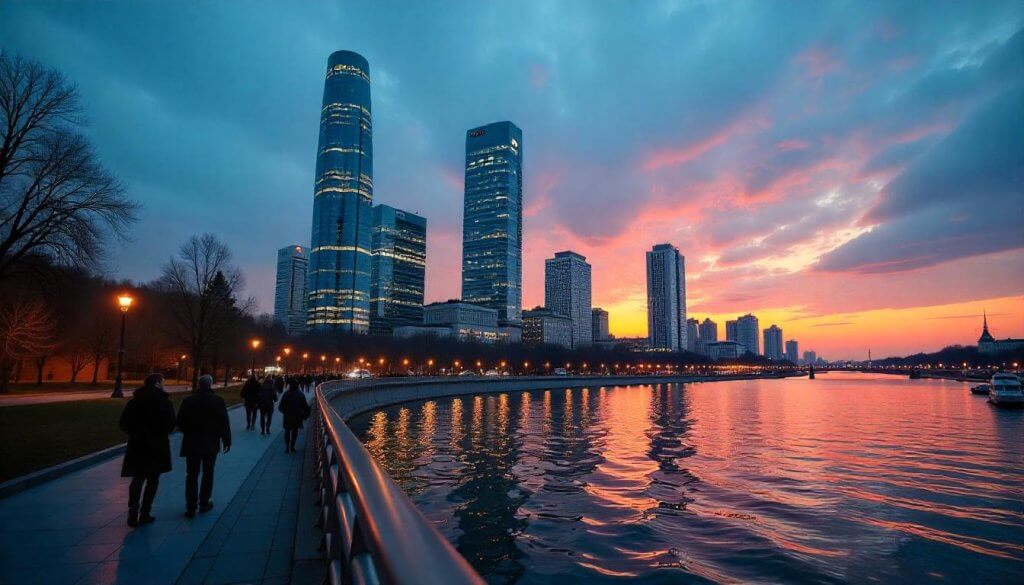 Post-Soviet Moscow: Understanding Modern Russian Society">
Post-Soviet Moscow: Understanding Modern Russian Society">
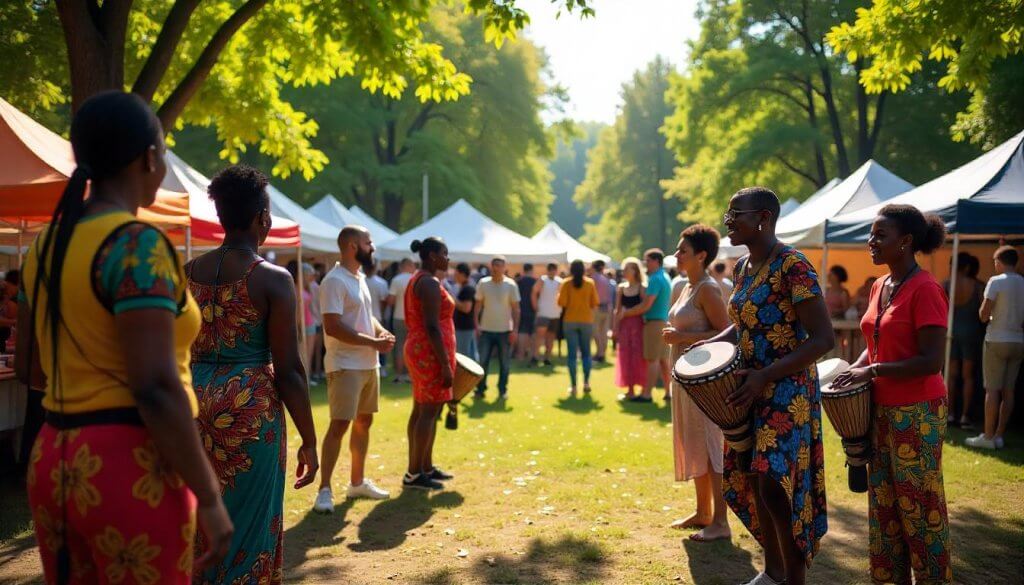 Moscow’s African Diaspora: Cultural Centers and International Communities">
Moscow’s African Diaspora: Cultural Centers and International Communities">
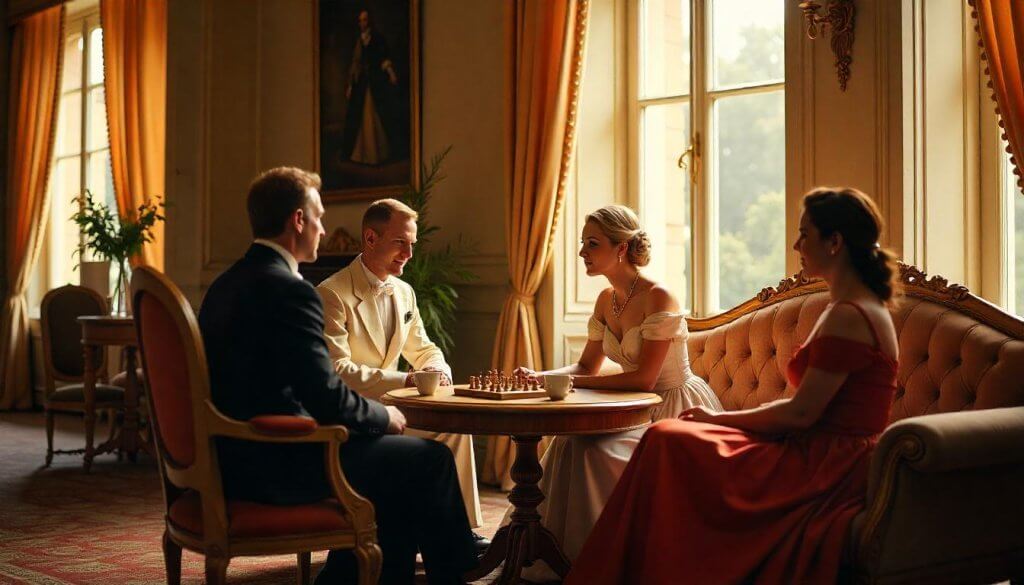 Moscow’s French Influence: Art, Culture, and Diplomatic History">
Moscow’s French Influence: Art, Culture, and Diplomatic History">
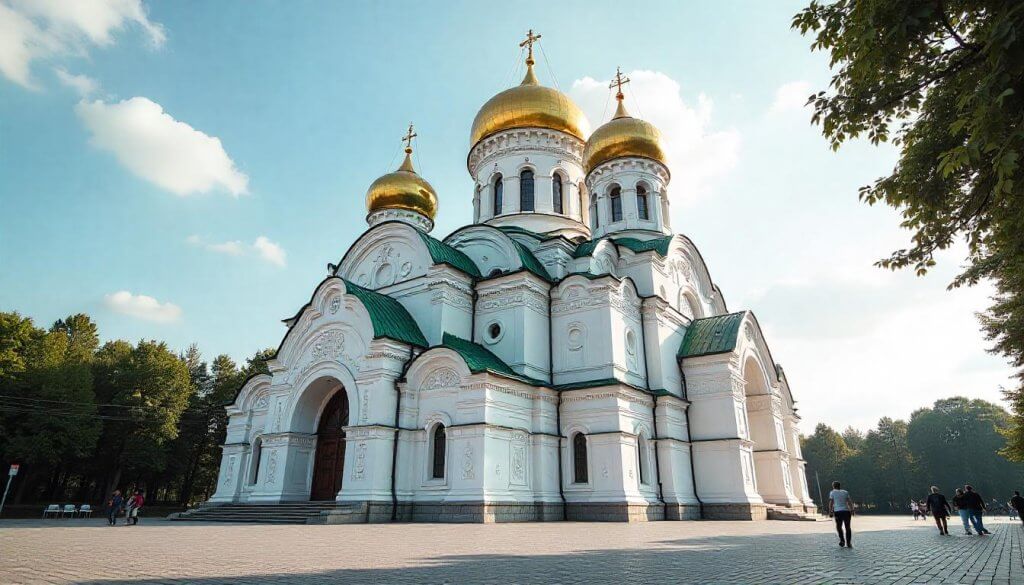 Moscow’s Italian Connection: Architecture and Cultural Exchange">
Moscow’s Italian Connection: Architecture and Cultural Exchange">
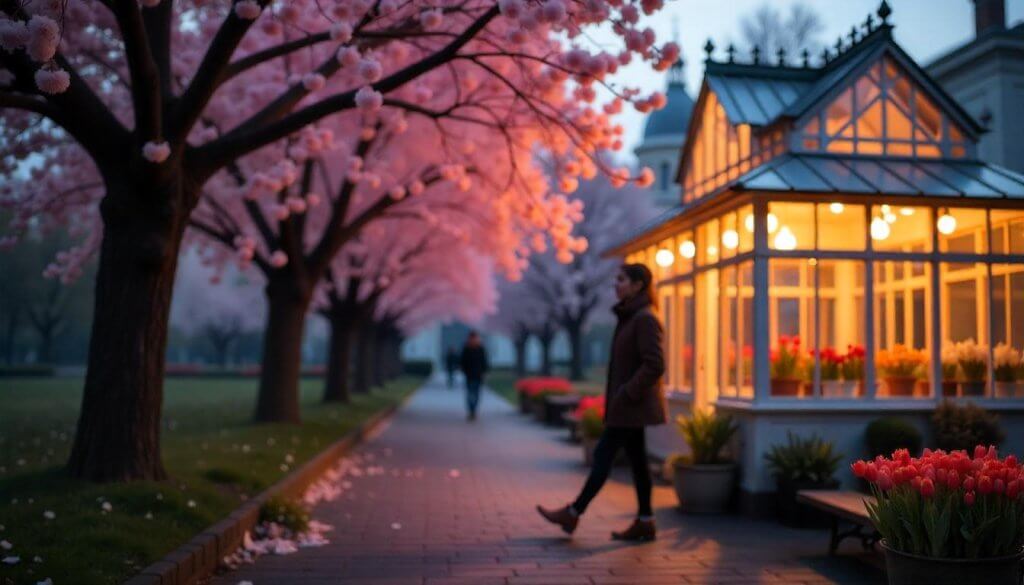 Moscow in Spring: Cherry Blossoms and Renewal Celebrations in 2025">
Moscow in Spring: Cherry Blossoms and Renewal Celebrations in 2025">
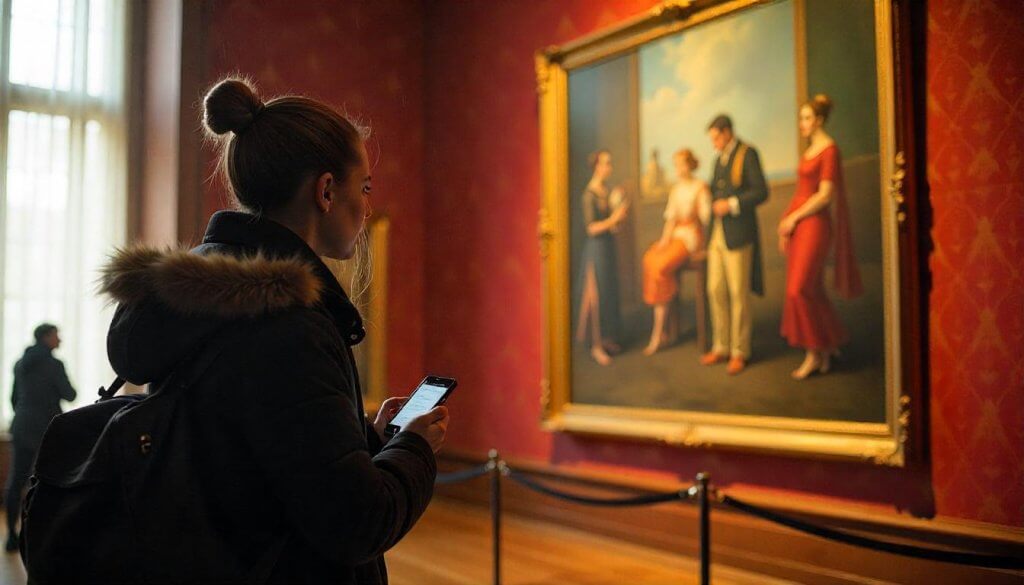 Rainy Day Moscow: Indoor Attractions Perfect for Wet Weather in 2025">
Rainy Day Moscow: Indoor Attractions Perfect for Wet Weather in 2025">
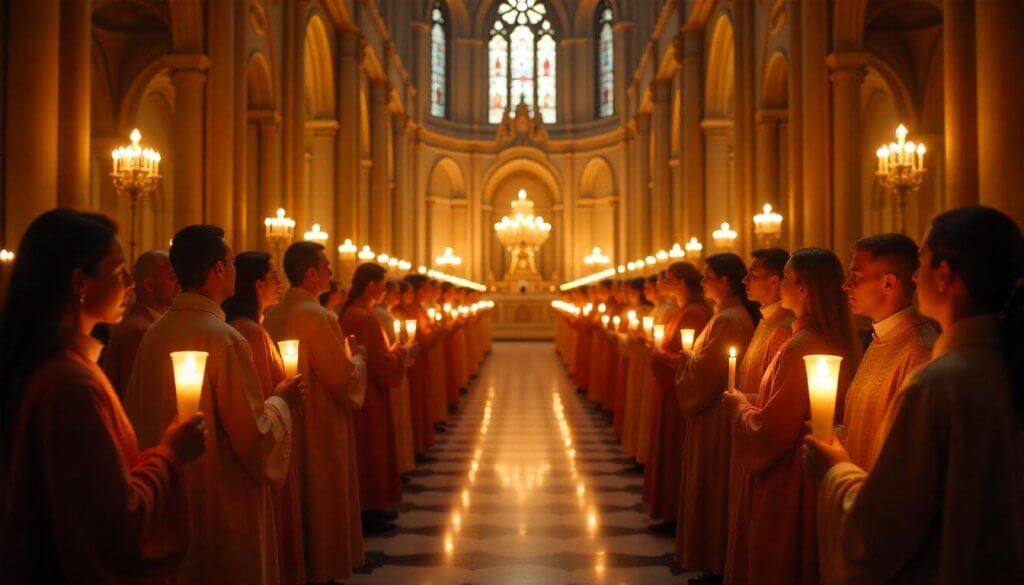 Moscow’s Easter Celebrations: Orthodox Traditions and Special Events">
Moscow’s Easter Celebrations: Orthodox Traditions and Special Events">